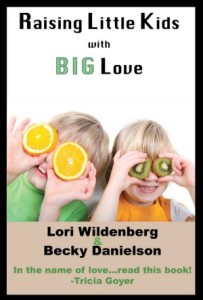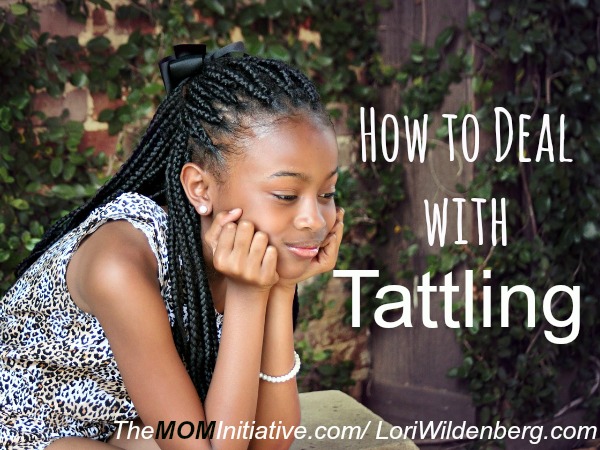Do you have a little tattletale on your hands? Is tattling driving you CRAZY?
When I was teaching elementary school, I found my first grade students had the potential to be Master Tattlers. In order to get through the day, especially recess time, I needed to develop some sort of system to reduce the annoying drone of the tattle.
In class, we discussed the difference between being a Reporter or being a Tattler. Once we had the definitions down, the tattling decreased. When tattling did occur, I was able to ask, “Are you reporting or tattling?” Then the child thought back to the definition and either continued to voice his concern or he would walk away.
So here are the definitions. (I know you will find these how to deal with tattling tips helpful.)
A Reporter is a very helpful person. A Reporter’s goal is to get people OUT of trouble. He wants to keep people safe. But…a reporter may not be able to deal with a situation without help – he will most likely need adult assistance. A reporter observes and calls attention to activities that have potential danger attached to them. And the reporter determines if the unwelcome action is intentional.
A Tattler is not helpful. A Tattler’s goal is to get someone IN trouble. He is not worried about safety. Typically tattling is about harmless, unimportant, and accidental behavior (blood is never involved in tattling) Often the tattler could handle the situation by himself. (If he doesn’t know how, then he could use some pointers from and adult.)
Physical injury is always something to report. A crabby look isn’t.
Kids need help learning how to interact, especially when the interaction is not going well. The type of things our kids tattle about give us an indication where training in interpersonal communication is needed. (It could also be an indication of needing attention.)
Don’t totally ignore the tattling.
Put a stop to it by identifying it as tattling but then use the situation for training.
This is what that could look like:
Child: “Joey gave me a mean look.” Adult: “Are you reporting or tattling?”
Child: “Hmmmm. Tattling I guess.” Adult: “How can you make the situation better?”
Child: “I don’t know. Maybe tell Joey I don’t like it when he gives me a mean face.”
Adult: “Sounds like a good start. What if Joey says, ‘I don’t care’?”
Child: “I could give him a mean face back.” Adult: “You could but would that solve your problem?”
Child: “No. I guess I could just go and play with someone else if he wants to be mean.”
Adult: “That sounds like a good idea. So tell me how you will deal with this?”
Child: “I’ll tell him I don’t like it. If he’s mean I’ll play with someone else.” Adult: “Good plan.”
Tattlers may be attention seekers, or they just may not know how to deal with conflict. Train your kids how to manage difficult situations. And if you think they need a little extra TLC–encourage them to appropriately verbalize that as well.
Don’t ignore the tattler, train him.
Lori Wildenberg, co-author of three parenting books, mom of 4, licensed parent-family educator, co-founder of www.1Corinthians13Parenting.com . Contact Lori to speak at your next event!
If you liked this post you will want to head over to Amazon and get Raising Little Kids with Big Love. 
- 9 Ways to Raise a Rebellious Kid - December 14, 2016
- 9 Ways to Create a Rebellious Heart in Your Child - November 15, 2016
- The Creepy Clown Craze and Your Child - October 20, 2016




